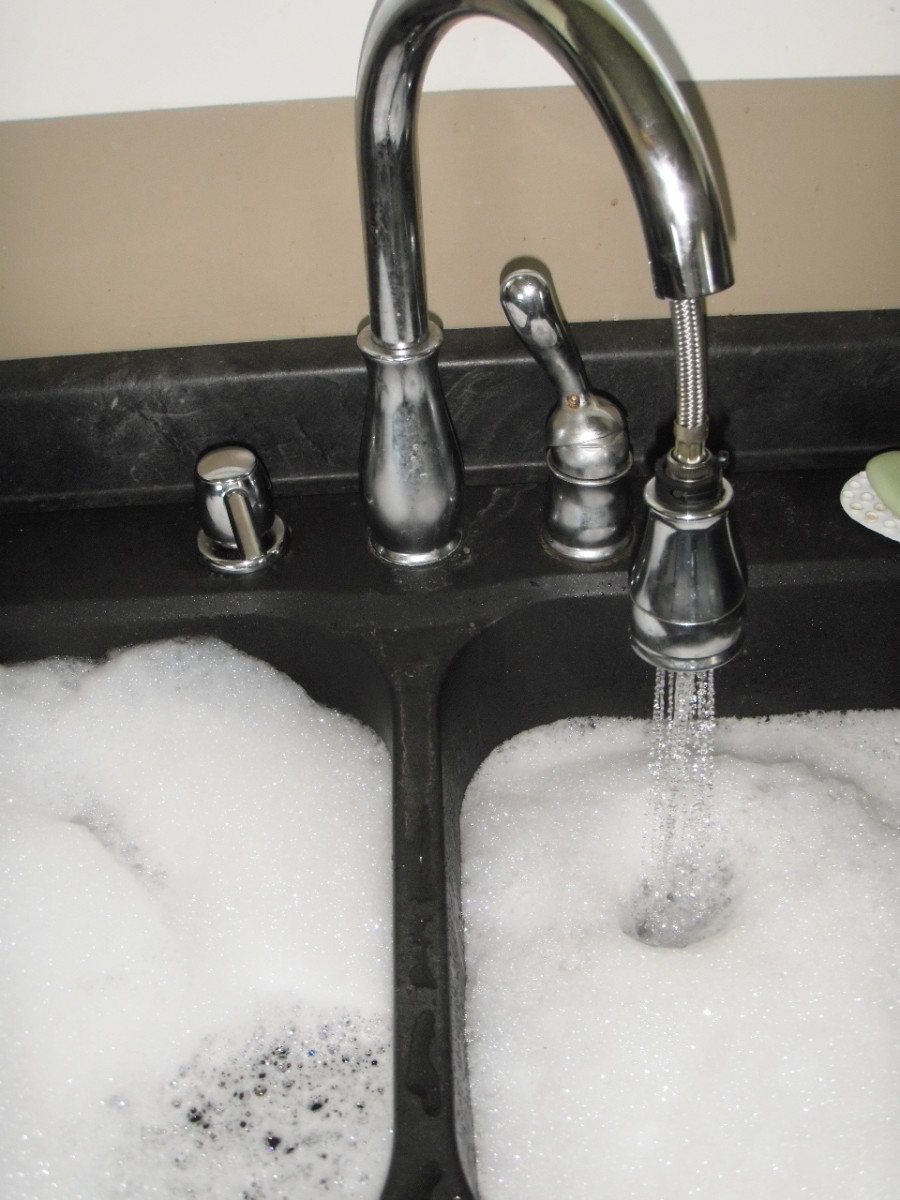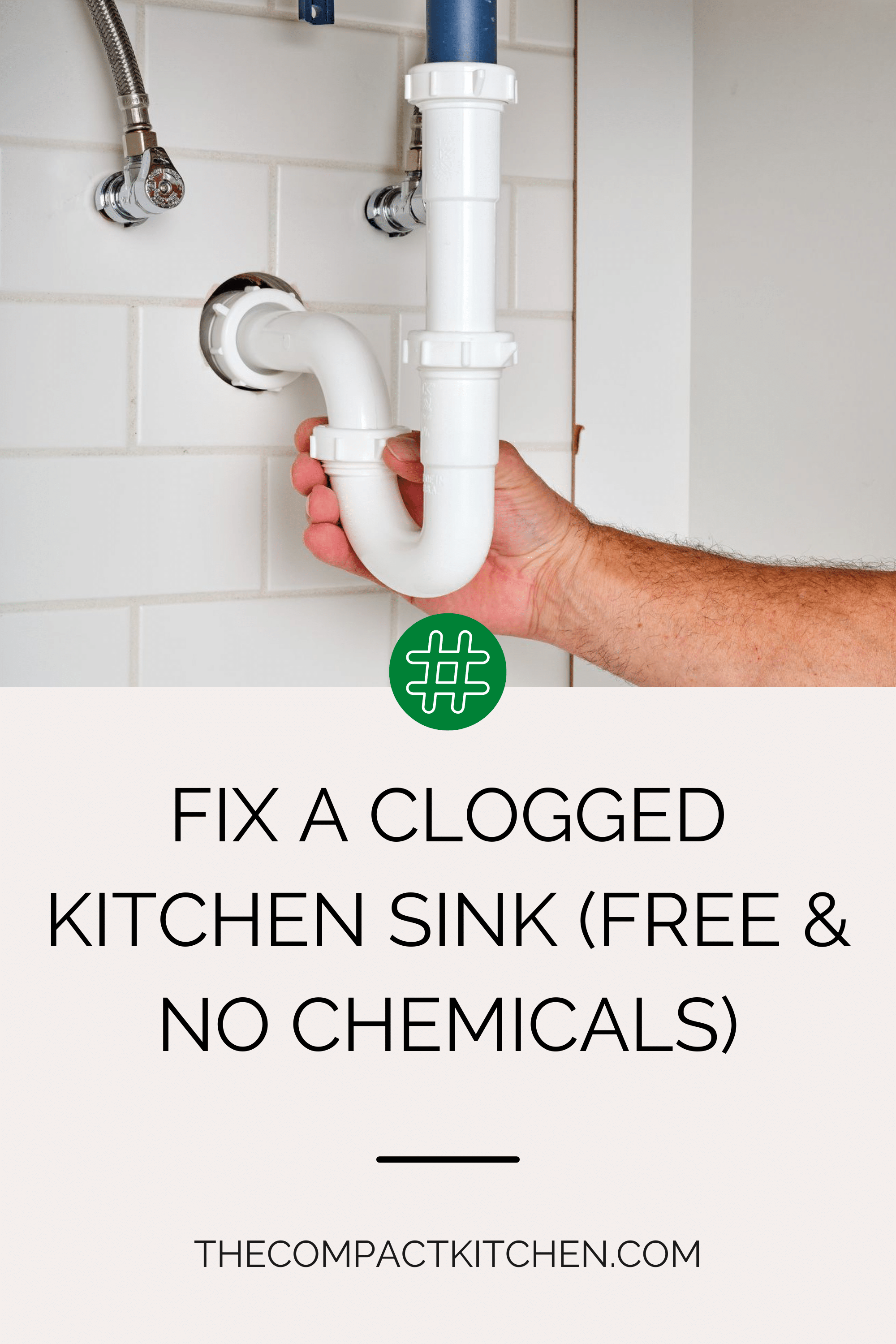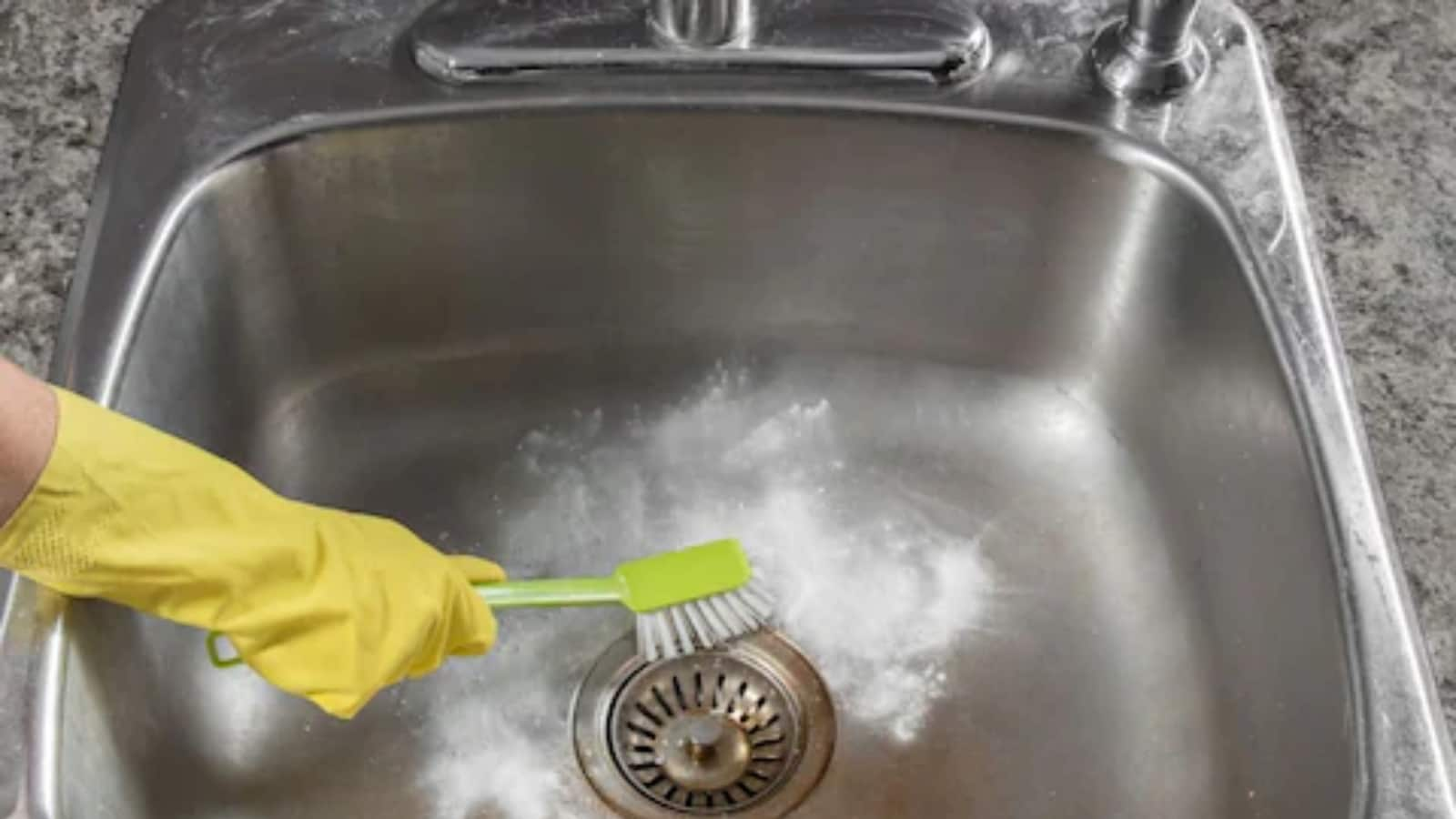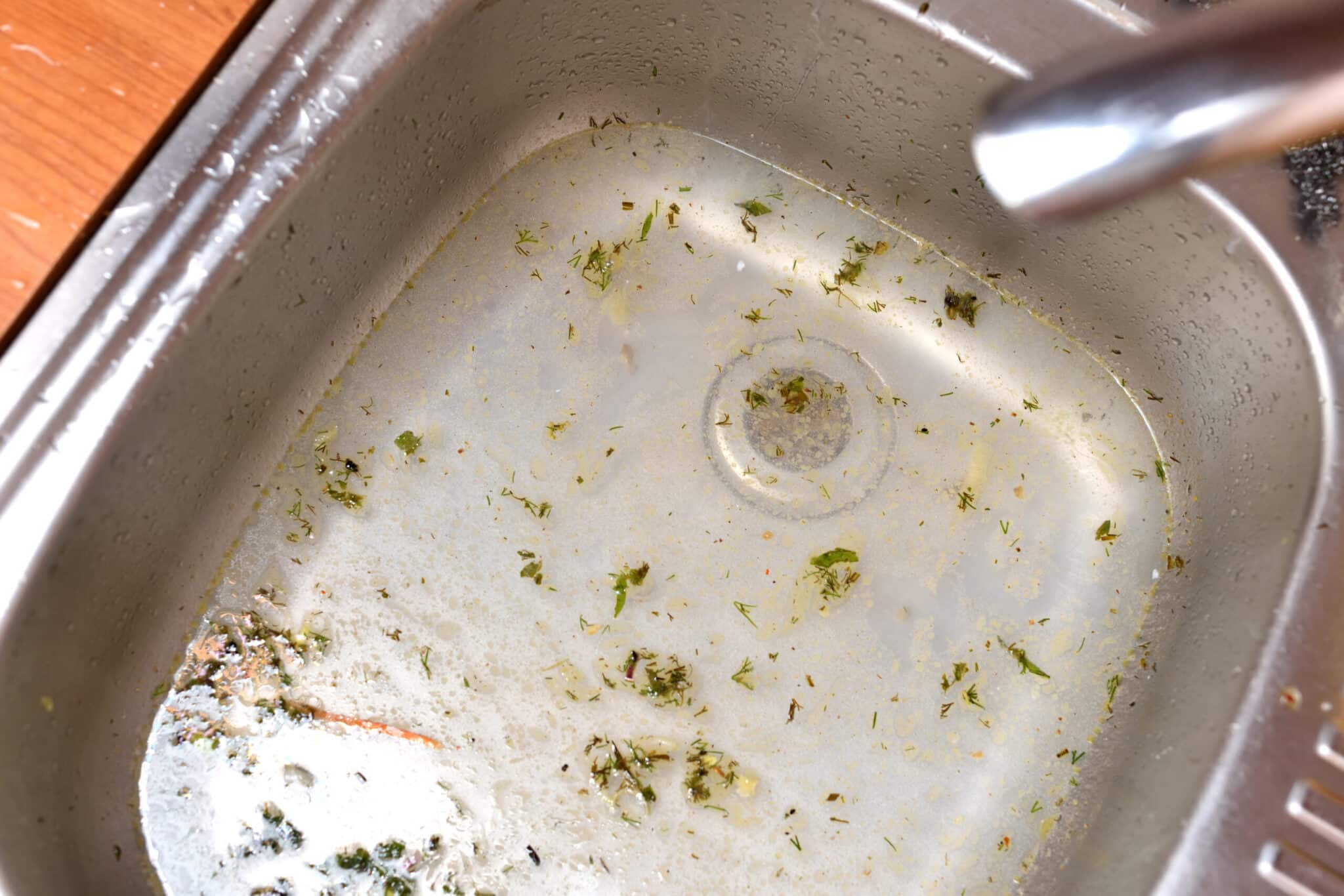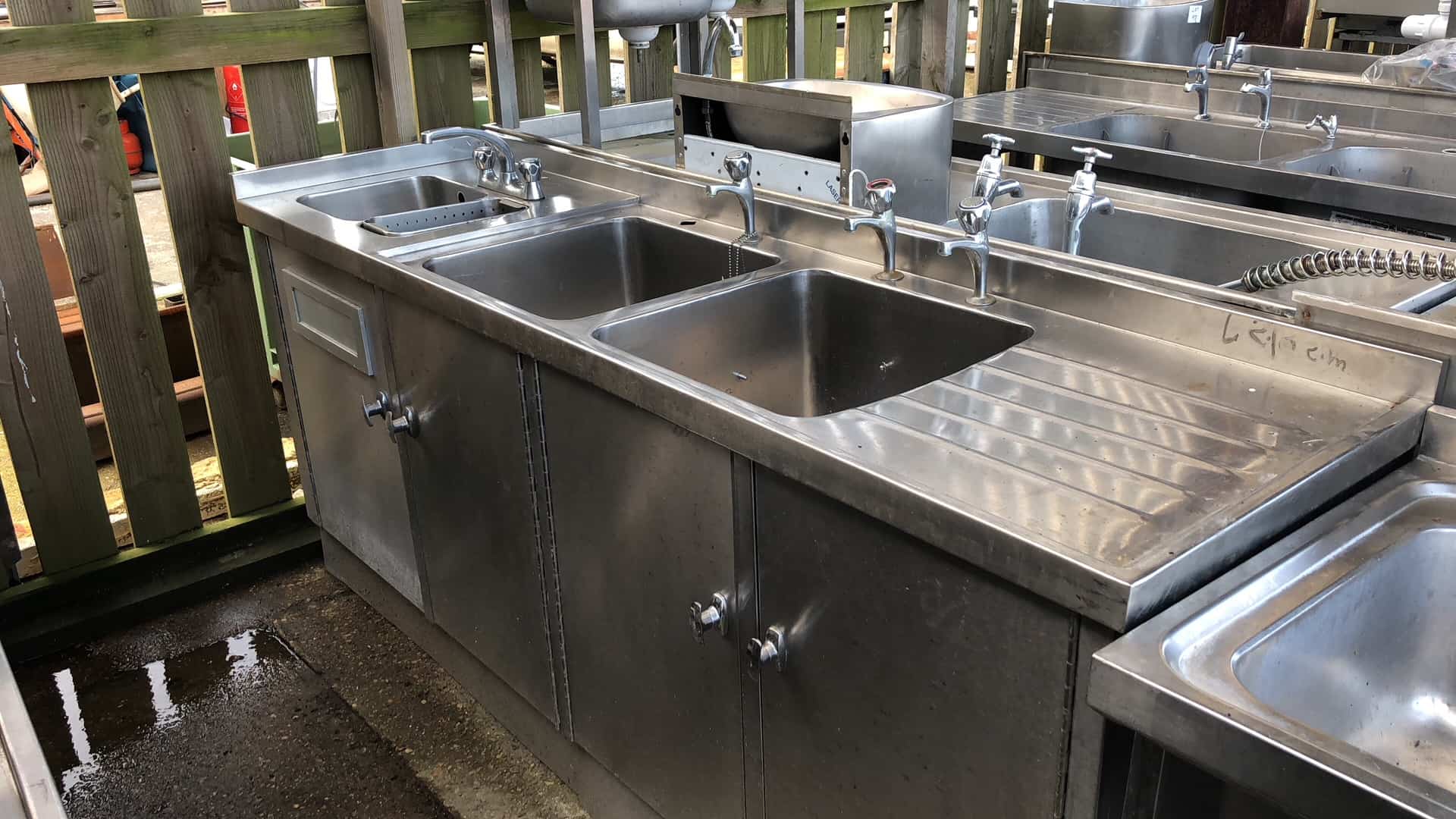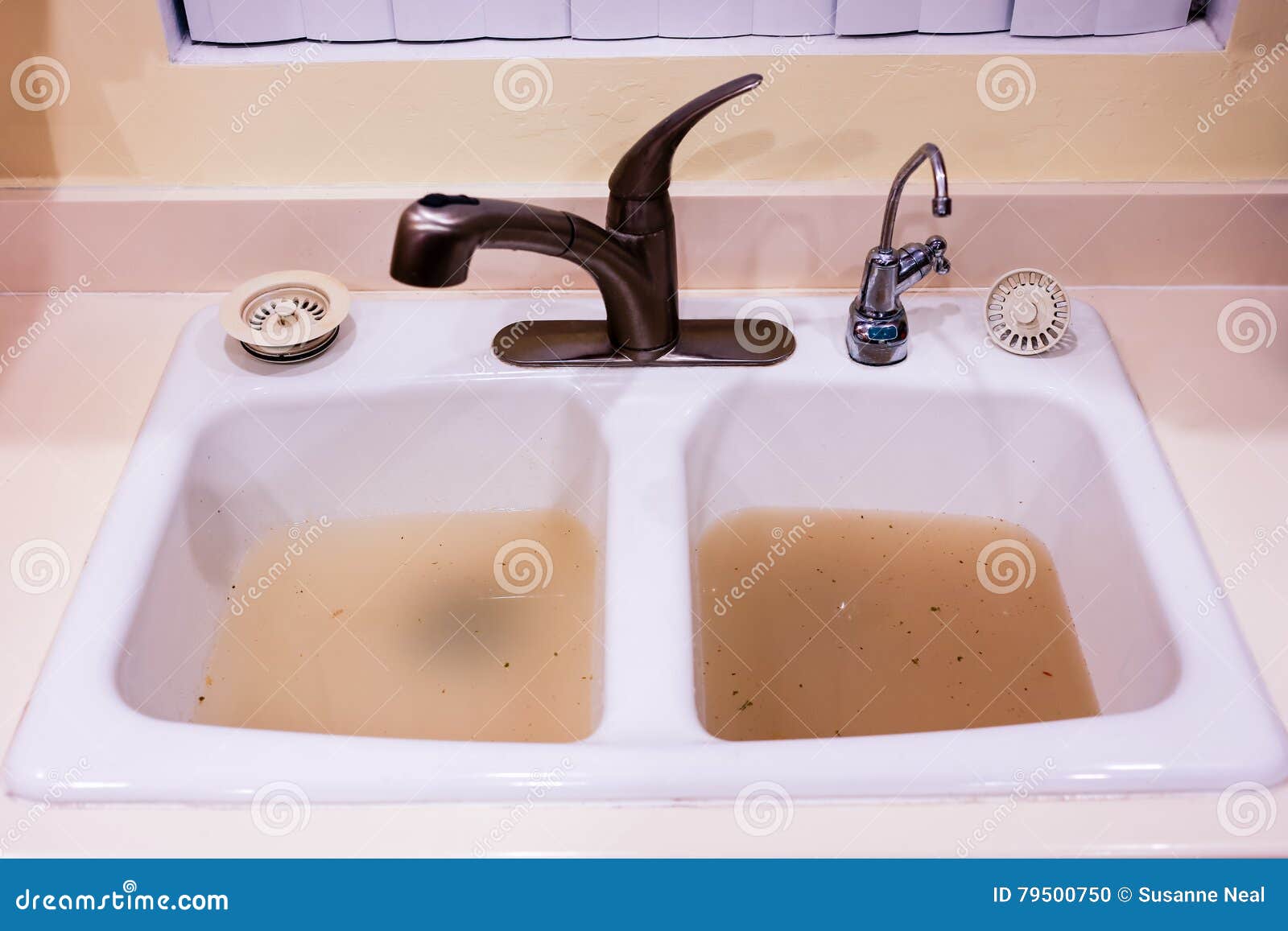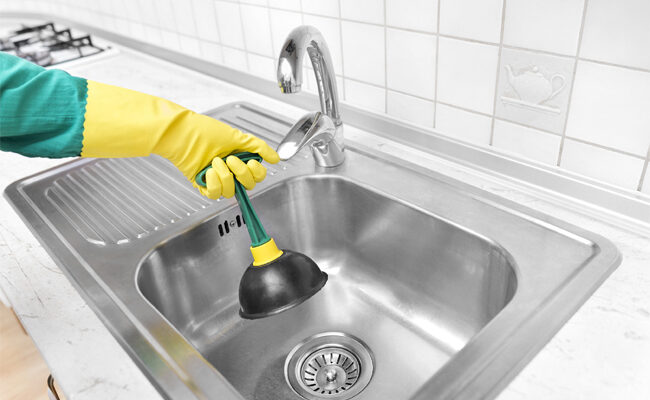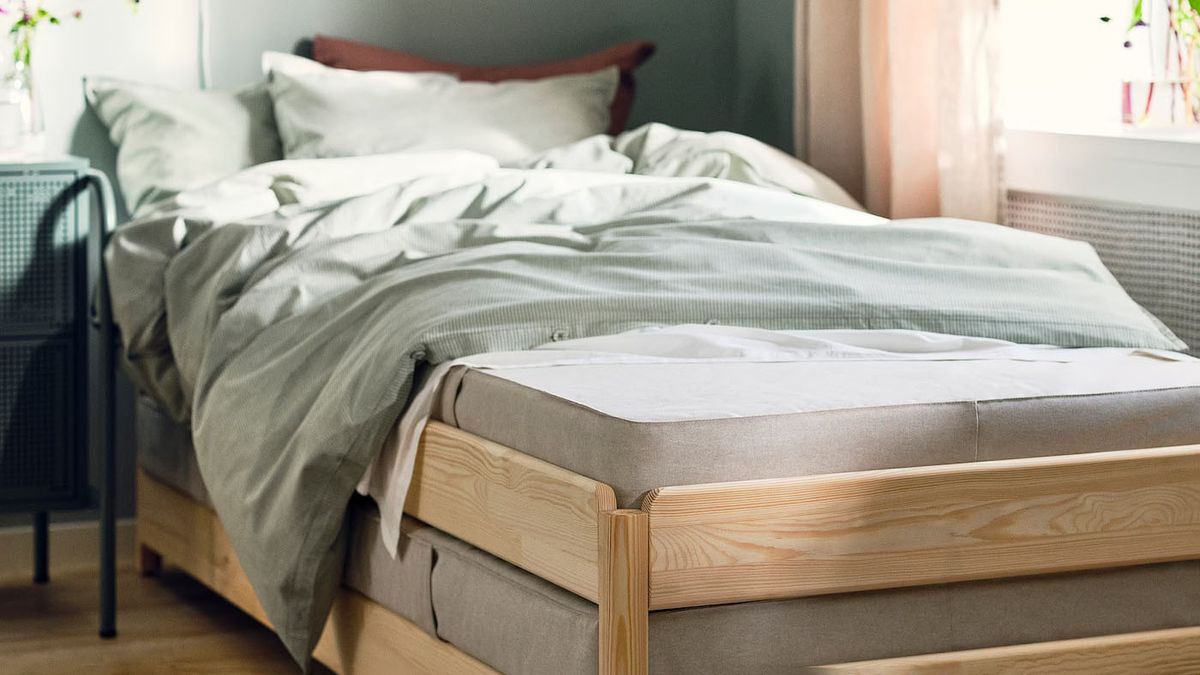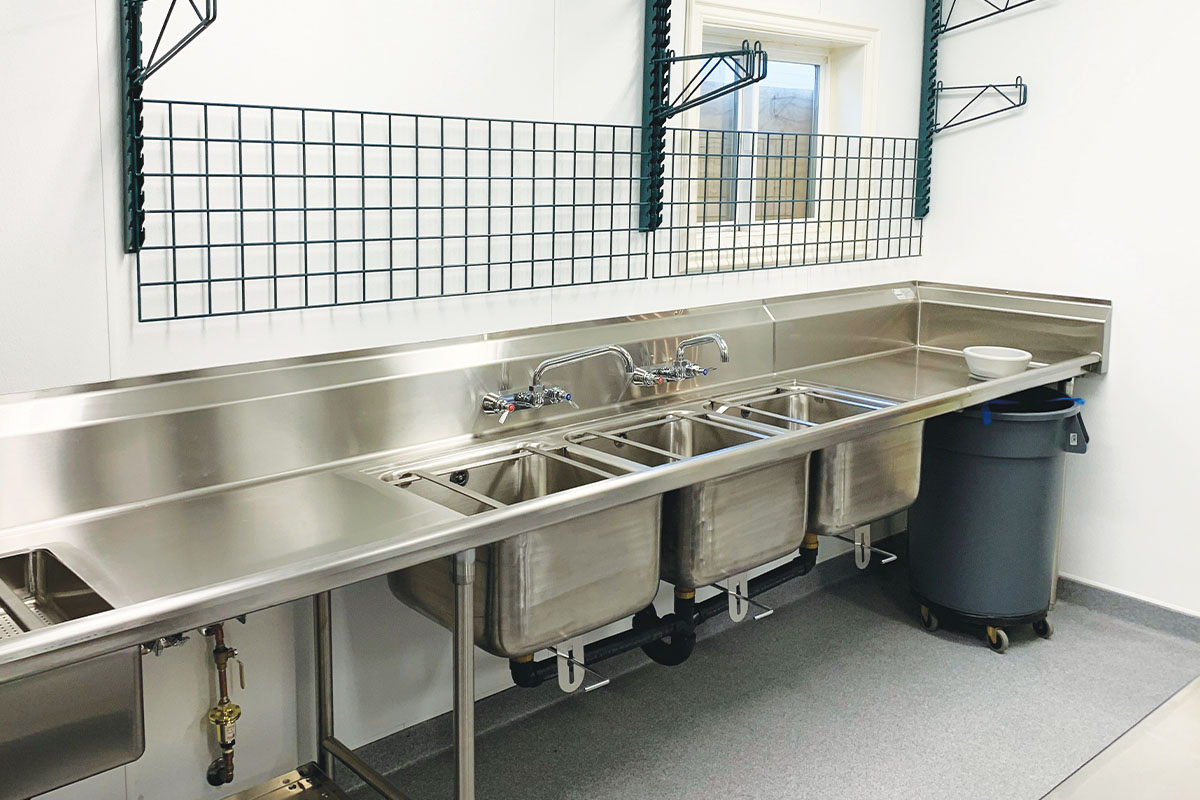If your kitchen sink is not draining properly, it’s time to unclog it. This can be a frustrating experience, but with the right tools and techniques, you can get your sink back to working order in no time. Here’s a step-by-step guide on how to unclog a kitchen sink.1. How to Unclog a Kitchen Sink
There are several methods you can try to unclog your kitchen sink. Here are five of the most effective ways: 1. Plunger: This is the most common and easiest method of unclogging a sink. Make sure to use a plunger specifically designed for sinks, and create a tight seal around the drain. Then, push and pull the plunger up and down several times to create suction and dislodge the clog. 2. Boiling Water: Pouring boiling water down the drain can loosen and dissolve minor clogs caused by grease or food particles. However, this method may not be effective for more stubborn clogs. 3. Baking Soda and Vinegar: This natural remedy is effective for minor clogs. Start by pouring a cup of baking soda down the drain, followed by a cup of vinegar. Let it sit for a few minutes, then pour boiling water down the drain to flush out the clog. 4. Drain Snake: A drain snake, also known as a plumber’s snake, is a long, flexible tool that can reach deep into your pipes to remove clogs. Insert the snake into the drain and rotate it to dislodge the clog. Then, pull it out and flush the drain with hot water. 5. Chemical Drain Cleaner: If all else fails, you can try using a chemical drain cleaner to dissolve the clog. However, be cautious when using these products, as they can be harmful to your pipes and your health.2. 5 Ways to Unclog a Kitchen Sink
If you prefer to use natural or household items to unclog your kitchen sink, here are a few DIY methods you can try: 1. Salt and Baking Soda: Mix equal parts of salt and baking soda and pour it down the drain. Let it sit for a few minutes, then pour boiling water down the drain to flush out the clog. 2. Dish Soap and Hot Water: Pour a generous amount of dish soap down the drain, followed by hot water. The soap will act as a lubricant and help to break down the clog. 3. Wet and Dry Vacuum: If you have a wet and dry vacuum, you can use it to suck out the clog. Just be sure to cover the vent to prevent the clog from getting stuck in the vacuum. 4. Wire Hanger: Straighten out a wire hanger and insert it into the drain. Use it to break up and remove the clog. Be gentle to avoid damaging your pipes.3. DIY Kitchen Sink Unclogging Methods
A clogged kitchen sink can be caused by a variety of factors. Here are some of the most common causes: 1. Food Waste: Small food particles and grease can accumulate in your pipes and cause a clog over time. 2. Foreign Objects: Accidentally dropping items like utensils, jewelry, or even a small toy down the drain can cause a clog. 3. Soap Scum: Soap residue and minerals from hard water can build up in your pipes and cause a clog. 4. Tree Roots: Tree roots can grow into your pipes, causing blockages and damage.4. Common Causes of a Clogged Kitchen Sink
A plunger is an essential tool for unclogging a kitchen sink. Here’s how to use it effectively: 1. Create a Seal: Place the plunger over the drain and make sure it creates a tight seal. 2. Push and Pull: Push and pull the plunger up and down several times to create suction and dislodge the clog. 3. Check the Drain: After a few attempts, check the drain to see if the water is draining properly. If not, continue plunging. 4. Flush with Hot Water: Once the clog is cleared, flush the drain with hot water to remove any remaining debris.5. How to Use a Plunger to Unclog a Kitchen Sink
If you prefer to use natural remedies to unclog your kitchen sink, here are a few options: 1. Baking Soda and Vinegar: Mix equal parts of baking soda and vinegar and pour it down the drain. Let it sit for a few minutes, then flush with hot water. 2. Salt and Baking Soda: Mix equal parts of salt and baking soda and pour it down the drain. Let it sit for a few minutes, then flush with hot water. 3. Lemon Juice and Salt: Mix equal parts of lemon juice and salt and pour it down the drain. Let it sit for a few minutes, then flush with hot water.6. Natural Remedies for a Clogged Kitchen Sink
A drain snake is a useful tool for removing stubborn clogs from your kitchen sink. Here’s how to use it: 1. Insert the Snake: Insert the snake into the drain and rotate it to break up the clog. 2. Pull Out the Clog: Once you feel resistance, gently pull out the snake to remove the clog. 3. Flush with Hot Water: After removing the clog, flush the drain with hot water to remove any remaining debris.7. How to Use a Drain Snake to Unclog a Kitchen Sink
It’s important to recognize the early signs of a clogged kitchen sink so you can take action before it becomes a bigger problem. Here are a few signs to look out for: 1. Slow Drainage: If your sink is draining slowly, it could be a sign of a clog. 2. Foul Odors: A clogged sink can emit unpleasant odors, especially if food particles are trapped in the pipes. 3. Strange Noises: Gurgling or bubbling sounds coming from your sink could indicate a clog.8. Signs That Your Kitchen Sink is Clogged
Prevention is always better than having to deal with a clogged kitchen sink. Here are some tips to keep your sink running smoothly: 1. Use a Strainer: Place a strainer over the drain to catch food particles and prevent them from going down the drain. 2. Dispose of Grease Properly: Grease and oil can solidify in your pipes and cause clogs. Dispose of them in a sealed container instead of pouring them down the drain. 3. Run Hot Water After Use: After using your sink, run hot water for a few seconds to flush any debris down the drain.9. How to Prevent a Clogged Kitchen Sink
If your kitchen sink is still not draining properly after trying DIY methods, it may be time to call a professional plumber. They have the necessary tools and expertise to handle stubborn clogs and ensure your pipes are not damaged in the process. In conclusion, a clogged kitchen sink can be a nuisance, but with these tips and techniques, you can easily unclog it yourself. Remember to be cautious when using chemicals or tools, and if the clog persists, don’t hesitate to call a professional. With proper maintenance and prevention, you can keep your kitchen sink running smoothly and avoid the frustration of a clogged drain.10. When to Call a Professional for a Clogged Kitchen Sink
Why Your Kitchen Sink Won't Unclog: Common Causes and Solutions

Main Keyword: Kitchen Sink
 If you have ever experienced a clogged kitchen sink, you know how frustrating it can be. Not only does it disrupt your daily routine, but it can also lead to unpleasant odors and potential damage to your plumbing system. Despite your best efforts to clear it, sometimes
kitchen sinks
just won't unclog. But why is that? In this article, we will explore the common causes of a clogged
kitchen sink
and provide professional solutions to help you unclog it.
If you have ever experienced a clogged kitchen sink, you know how frustrating it can be. Not only does it disrupt your daily routine, but it can also lead to unpleasant odors and potential damage to your plumbing system. Despite your best efforts to clear it, sometimes
kitchen sinks
just won't unclog. But why is that? In this article, we will explore the common causes of a clogged
kitchen sink
and provide professional solutions to help you unclog it.
What Causes a Clogged Kitchen Sink?
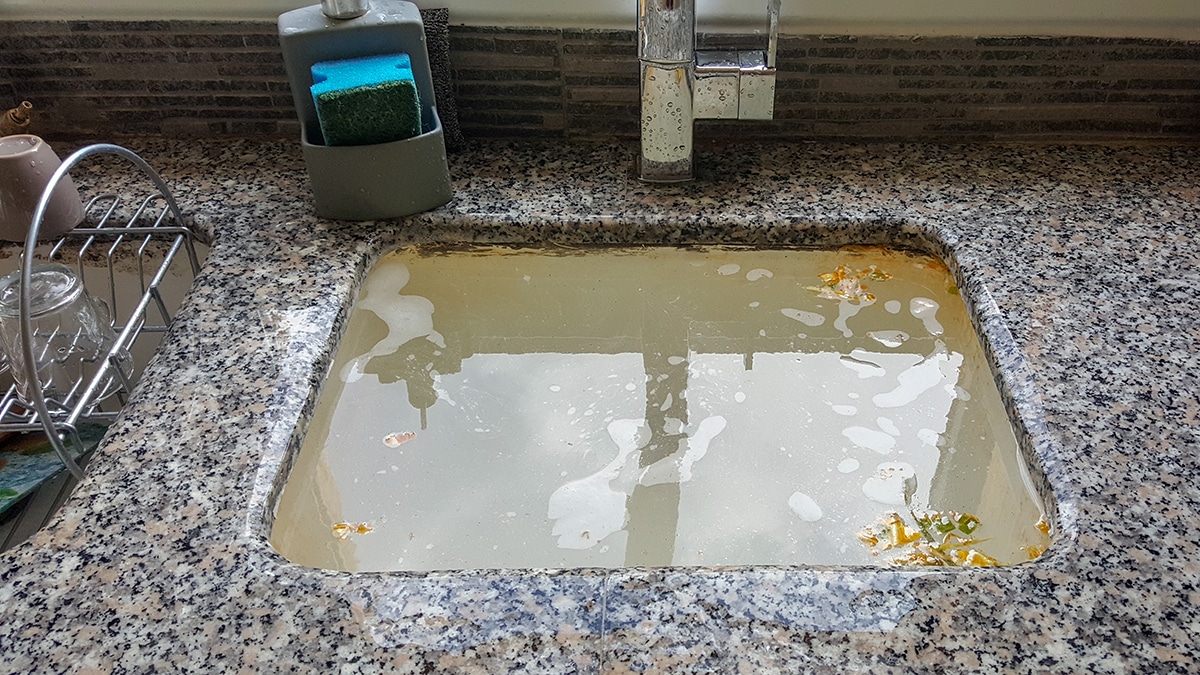 There are several reasons why your
kitchen sink
may become clogged. One of the most common causes is food particles and grease buildup in the drain. Over time, these substances can accumulate and form a blockage, preventing water from flowing freely. Another common cause is foreign objects such as utensils, sponges, or even small toys accidentally falling into the drain. These objects can get stuck and create a blockage. Additionally, issues with the plumbing system, such as a clogged pipe or a damaged sewer line, can also lead to a clogged
kitchen sink
.
There are several reasons why your
kitchen sink
may become clogged. One of the most common causes is food particles and grease buildup in the drain. Over time, these substances can accumulate and form a blockage, preventing water from flowing freely. Another common cause is foreign objects such as utensils, sponges, or even small toys accidentally falling into the drain. These objects can get stuck and create a blockage. Additionally, issues with the plumbing system, such as a clogged pipe or a damaged sewer line, can also lead to a clogged
kitchen sink
.
Solutions for a Clogged Kitchen Sink
 If you are dealing with a clogged
kitchen sink
, there are a few steps you can take to try and unclog it yourself. The first and most straightforward solution is to use a plunger. This tool can create enough suction to dislodge the blockage and clear the drain. Another option is to use a mixture of baking soda and vinegar, which can help dissolve grease and food particles. However, if these methods do not work, it may be time to call a professional plumber. They have the necessary tools and expertise to identify and solve more complex clogging issues in your
kitchen sink
.
If you are dealing with a clogged
kitchen sink
, there are a few steps you can take to try and unclog it yourself. The first and most straightforward solution is to use a plunger. This tool can create enough suction to dislodge the blockage and clear the drain. Another option is to use a mixture of baking soda and vinegar, which can help dissolve grease and food particles. However, if these methods do not work, it may be time to call a professional plumber. They have the necessary tools and expertise to identify and solve more complex clogging issues in your
kitchen sink
.
Preventing Future Clogs
:max_bytes(150000):strip_icc()/how-to-unclog-a-kitchen-sink-2718799_sketch_FINAL-8c5caa805a69493ab22dfb537c72a1b7.png) The best way to deal with a clogged
kitchen sink
is to prevent it from happening in the first place. You can do this by practicing good habits, such as not pouring grease or food scraps down the drain and using a drain cover to catch any small objects. Regularly cleaning your
kitchen sink
and drain with hot water and dish soap can also help prevent buildup. Additionally, scheduling regular maintenance with a professional plumber can ensure that your plumbing system is in good condition and catch any potential clogging issues before they become a problem.
In conclusion, a clogged
kitchen sink
can be a frustrating and messy problem to deal with. By understanding the common causes and implementing preventive measures, you can keep your
kitchen sink
in good condition and avoid future clogs. If you do encounter a clogged
kitchen sink
, remember to try simple solutions first, but do not hesitate to call a professional if the issue persists. With proper care and maintenance, your
kitchen sink
will continue to serve its purpose in your house design for years to come.
The best way to deal with a clogged
kitchen sink
is to prevent it from happening in the first place. You can do this by practicing good habits, such as not pouring grease or food scraps down the drain and using a drain cover to catch any small objects. Regularly cleaning your
kitchen sink
and drain with hot water and dish soap can also help prevent buildup. Additionally, scheduling regular maintenance with a professional plumber can ensure that your plumbing system is in good condition and catch any potential clogging issues before they become a problem.
In conclusion, a clogged
kitchen sink
can be a frustrating and messy problem to deal with. By understanding the common causes and implementing preventive measures, you can keep your
kitchen sink
in good condition and avoid future clogs. If you do encounter a clogged
kitchen sink
, remember to try simple solutions first, but do not hesitate to call a professional if the issue persists. With proper care and maintenance, your
kitchen sink
will continue to serve its purpose in your house design for years to come.






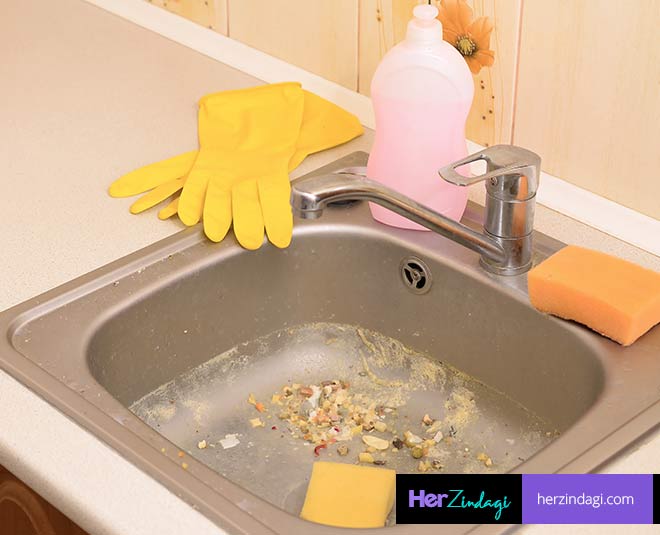
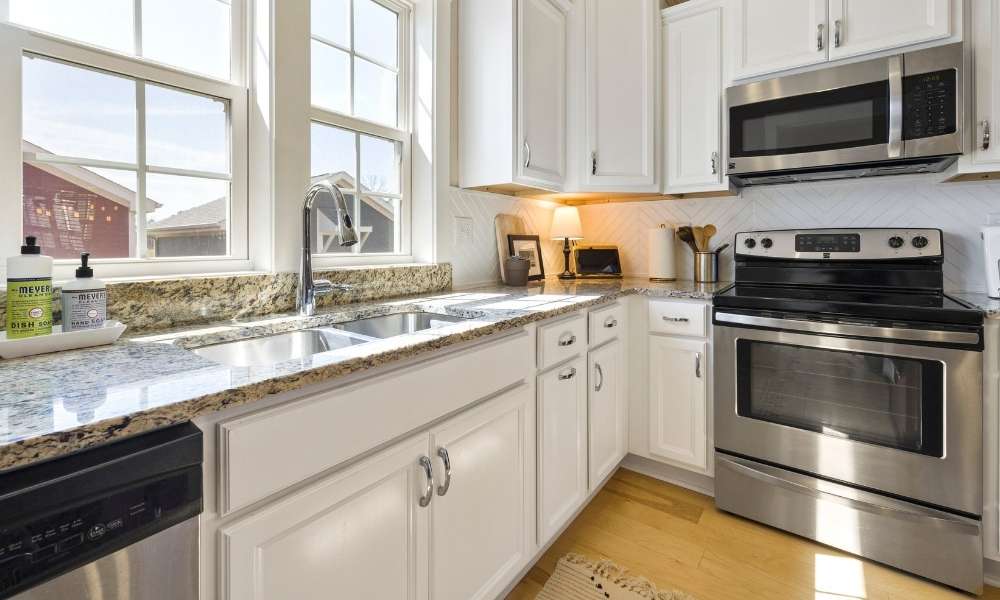


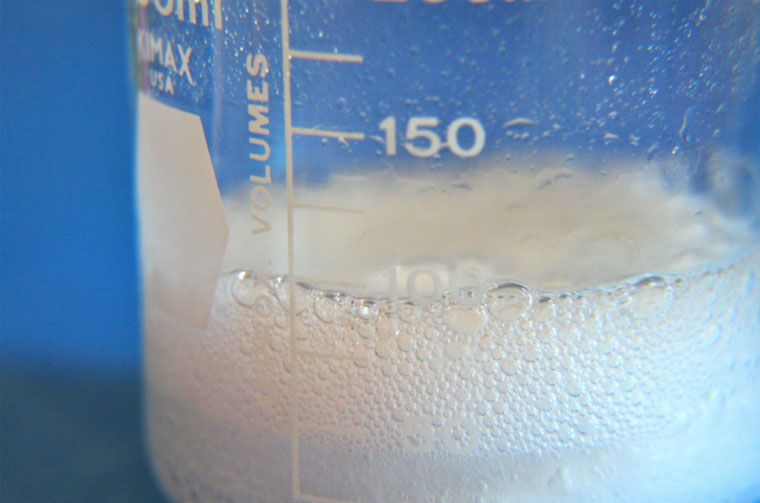




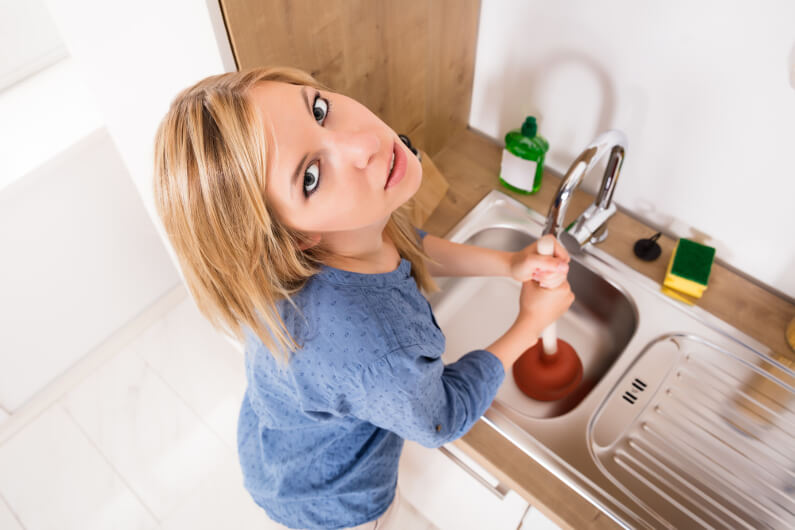


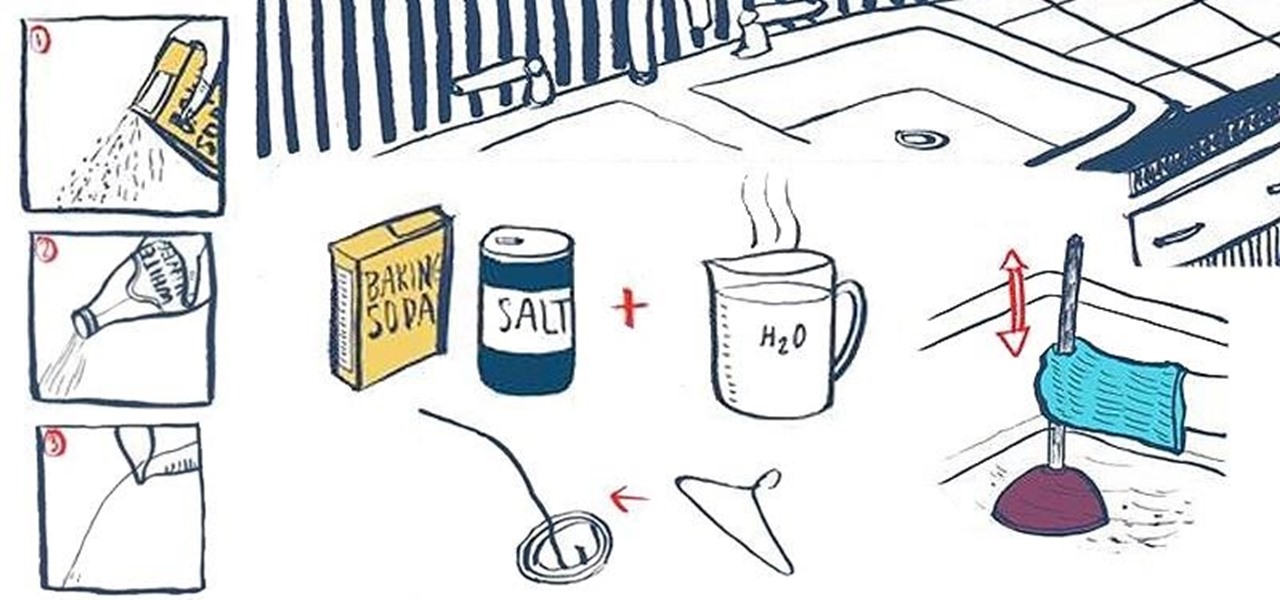







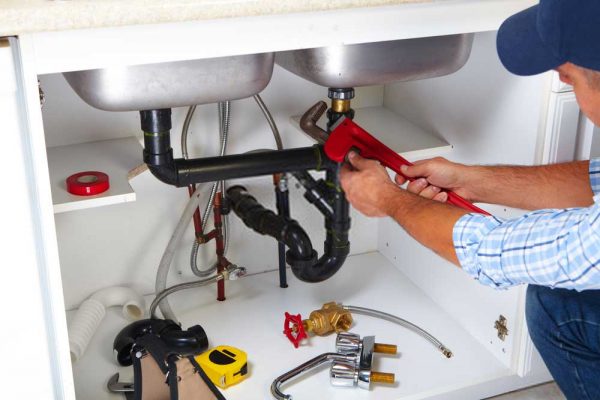


















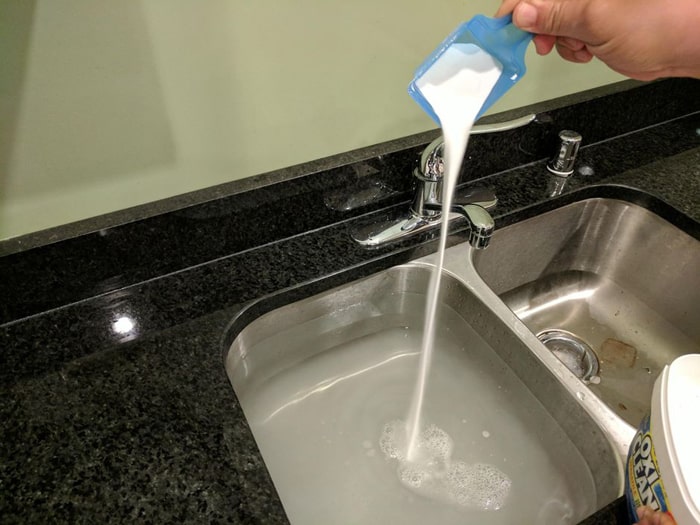


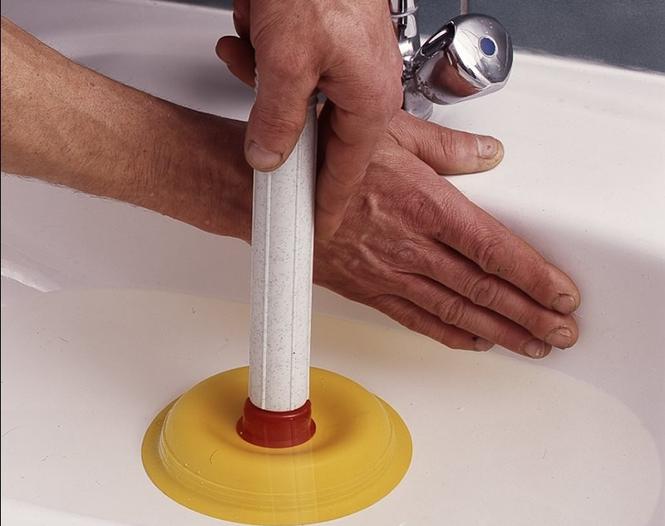


















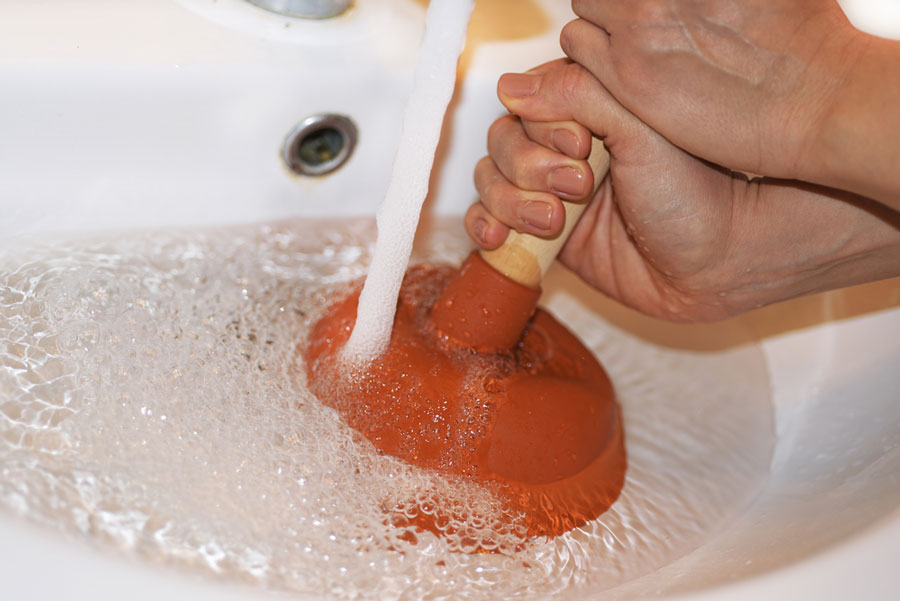
:max_bytes(150000):strip_icc()/how-to-use-a-sink-auger-1825090-hero-70d39960647643819dbb4c1f3a05e929.jpg)



